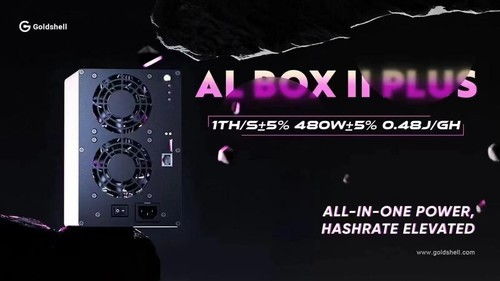The allure of cryptocurrency mining, particularly Alephium, hinges on the potential for profit. But that potential can quickly evaporate if hardware costs spiral out of control. For budget-conscious crypto miners, especially those just starting out or looking to scale operations efficiently, navigating the hardware landscape requires smart strategies and a keen eye for value.
First, understand the landscape. Alephium, like other cryptocurrencies, requires specialized hardware to perform the complex computations necessary for mining. This hardware, often in the form of GPUs or specialized mining rigs (ASICs, if available for Alephium in the future), represents a significant upfront investment. The key is to find the sweet spot between hash rate (mining power), energy consumption, and price.
One of the primary cost-cutting measures is to meticulously research and compare hardware options. Don’t fall for the hype surrounding the latest, most powerful mining rigs. Often, these come with a hefty premium that may not be justified by the increase in mining efficiency. Consider older, but still viable, hardware that can be acquired at a lower price point. Used markets and reputable resellers can be excellent sources for such deals, but be sure to thoroughly test the equipment before committing to a purchase. The initial cost savings can quickly disappear if the used equipment fails soon after being put into operation.
Beyond the initial purchase price, energy consumption is a significant ongoing cost. Mining rigs, especially high-performance ones, draw a considerable amount of power. This not only impacts your electricity bill but also generates heat, which can require additional cooling solutions, further increasing costs. Look for energy-efficient hardware that maximizes hash rate per watt consumed. This often means carefully reviewing specifications and reading independent reviews to get a realistic understanding of the hardware’s performance in real-world mining scenarios.

Another effective cost-cutting strategy involves exploring alternative mining options. While solo mining offers the potential for larger rewards, it also requires significant computational power and can be less predictable. Joining a mining pool, where miners combine their resources and share the rewards, can provide a more consistent stream of income and lower the barrier to entry. This also reduces the need to invest in the most powerful (and expensive) hardware upfront.
Furthermore, carefully consider your mining location. Electricity prices vary significantly from region to region. If possible, choose a location with lower electricity rates to minimize your operating costs. Some crypto miners even explore alternative energy sources, such as solar or wind power, to further reduce their reliance on the grid and lower their carbon footprint. This requires a larger upfront investment, but can lead to significant long-term savings and a more sustainable mining operation. Hosting mining machines in locations with lower energy costs, often referred to as mining farms, is a common practice.
Managing and optimizing your mining operation is crucial for maximizing profitability. This includes regularly monitoring the performance of your hardware, optimizing mining software settings, and staying up-to-date on the latest mining algorithms and strategies. A well-maintained and optimized mining rig will operate more efficiently, generate more revenue, and last longer, ultimately reducing your overall costs.
Don’t underestimate the importance of proper cooling. Overheating can significantly reduce the lifespan of your mining hardware and lead to performance issues. Invest in adequate cooling solutions, such as fans, heat sinks, or even liquid cooling systems, to keep your hardware operating at optimal temperatures. This is especially important in warmer climates or when operating multiple mining rigs in a confined space.
Finally, remember that the cryptocurrency market is volatile. The value of Alephium, like Bitcoin (BTC), Ethereum (ETH), Dogecoin (DOGE), and other cryptocurrencies, can fluctuate dramatically. Before investing in mining hardware, carefully assess the potential profitability of mining Alephium at current prices and factor in the potential for price declines. It’s essential to have a solid understanding of the market dynamics and a realistic expectation of returns to avoid overspending on hardware.

In conclusion, cutting costs on Alephium mining hardware requires a multi-faceted approach. By carefully researching hardware options, optimizing energy consumption, exploring alternative mining strategies, managing your operation effectively, and staying informed about the market, budget-conscious crypto miners can maximize their profitability and achieve success in the dynamic world of cryptocurrency mining. The key is due diligence and strategic planning, rather than simply chasing the most powerful and expensive hardware.

Leave a Reply